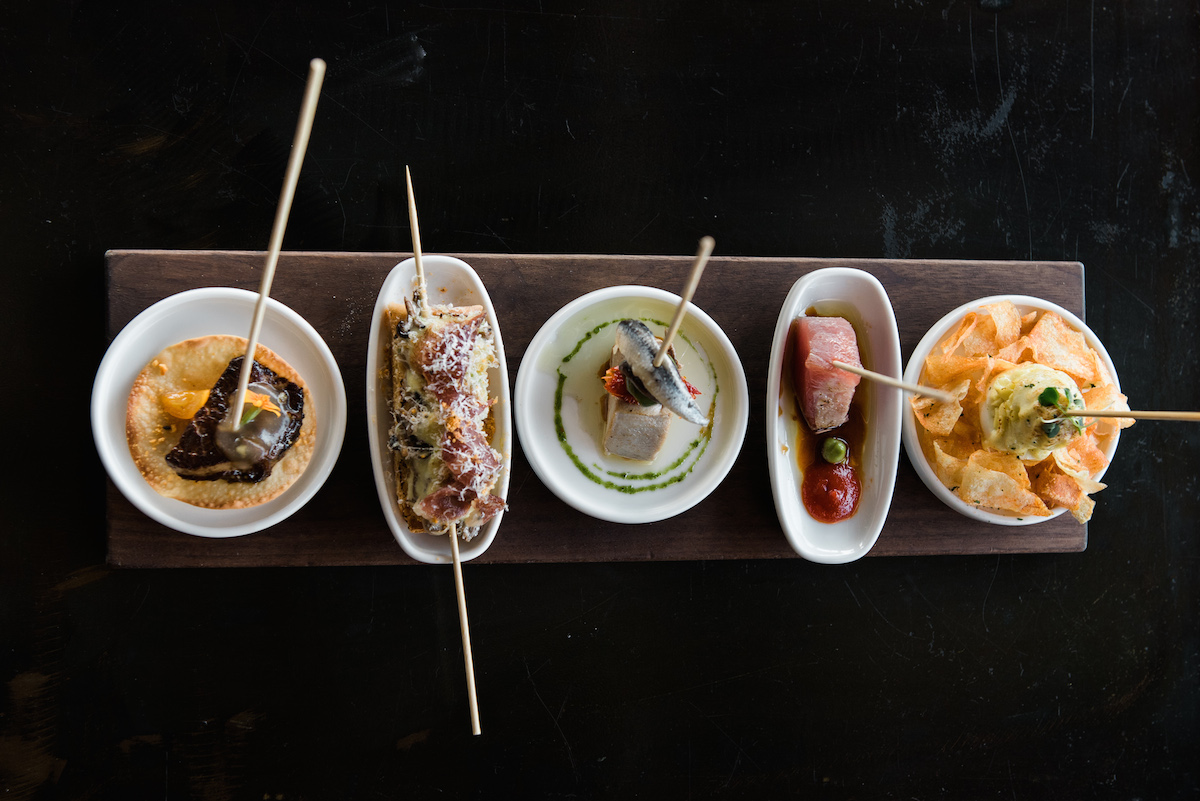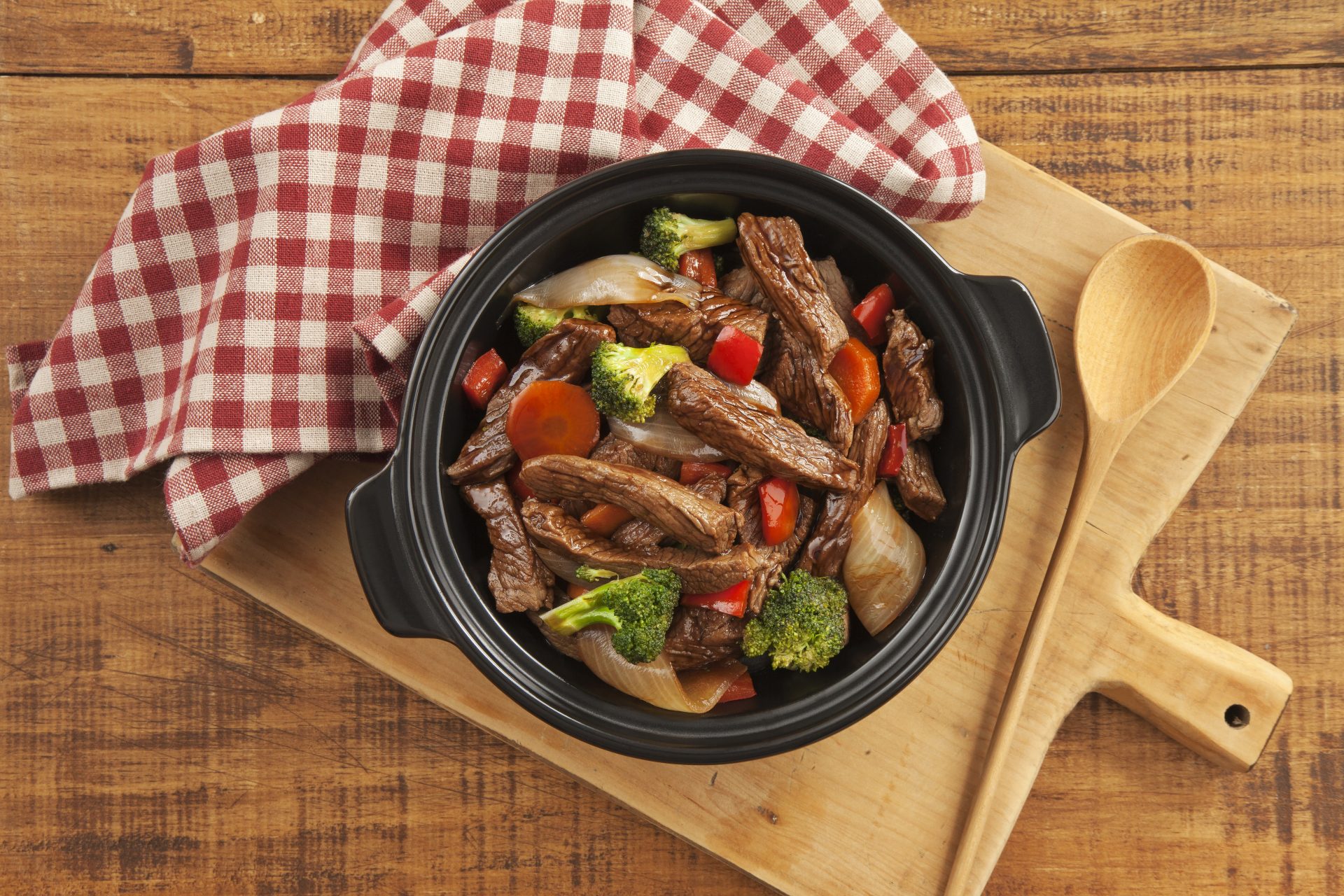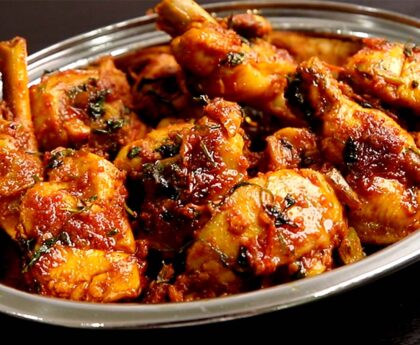A small beautiful region like no other, Basque country and its residents are indigenous to an area located around the western end of the Pyrenees mountains on the coast of the Bay of Biscay and include parts of north central Spain and southwestern France. Locally known as Euskadi or País Vasco – it has its own language, culinary traditions, and a very distinctive cultural and geographic landscape.
If you are a serious foodie, you need to visit the town of San Sebastián in particular, a unique and stunning seaside metropolis, widely considered one of the best places to eat in the world and recently awarded the coveted title of European Capital of Culture. And to prove their passion for food, Basque people spend more than twice as much of their disposable income on food as Americans and host nearly thirty Michelin-starred restaurants. Several were ranked in the 2018 “Best Restaurant in the World” Top Ten. Clearly this region is where a serious foodie can dine in style or simply stroll through the bustling villages sampling the tapas (small portions of foods, called pintxos, many of which resemble the Italian version of bruschetta or the Spanish tapas) and sipping cider (txakoli, a sparkling white wine typically served as an aperitif) in one of the many taverns which feature that cuisine.
Classic Basque food includes meats and fish grilled over hot coals, marmitako (tuna) and lamb stews, cod, Tolosa bean dishes, paprikas, pintxos, Idiazabal sheep’s cheese, txakoli sparkling wine, and Basque cider. Among their top favorite foods which you will likely find served up in those first-rate restaurants and casual food stops include:
1) Bacalao a la Bizkaina (salt cod), meaning that the fish is gently sautéed in olive oil and dressed with a sauce of red choricero peppers, onions, garlic, and tomato;
2) Chuleta (rib-eye steak) – seared to perfection;
3) Alubia white beans – slow-cooked until they’re tender but still perfectly intact, and served with the customary accompaniments of cooked cabbage, morcilla (blood sausage), paper-thin slices of lard, and pickled piparras (a local skinny green pepper);
4) Merluza en Salsa Verde con Almejas – hake (cod fish) in parsley sauce with clams;
5) Txisto-burger – esp popular in the city of Pamploma, a lightly cured pork sausage that’s often served up at Basque festivals rolled into a warm, thick corn tortilla, to be eaten like a hot dog in a bun. Transforming it into a mini-burger instead, Rodero grinds three different cuts of ibérico pork-the finest white meat on the peninsula, blended with txistorra’s typical seasonings of garlic, and smoked paprika, (not your basic Quarter Pounder, to be sure);
6) Gerezi beltza arno gorriakin is a cherry soup served warm or cold, the cherries are poached in wine;
Although salt cod (Bacalao) reigns, squid and crabmeat are highly popular, along with Tripotx (lamb blood sausage), eel, Idiazabal cheese (made from unpasteurized sheep’s milk), artichokes, asparagus and peppers, with plenty of olive oil.
Cider is the beverage of choice and enjoyed at cider houses (sagardotegiak) in the hills around Donostia, especially near Astigarraga. These large country restaurantsall boast enormous barrels of cider along with a rustic menu invariably of salt cod in various forms, grilled T-bone steak, and sheep’s milk cheese with walnuts and quince paste (would I make that up?). The cider houses are only open for a few months of the year. Pity.
Basque foods and nouvelle French food are slowly beginning to merge as younger chefs move away from the more rustic, heavy dishes of traditional Basque cooking, intertwining the best of both worlds. So for the serious gourmand (is there any other kind?) you might want to be thinking about a dream vacation in Basque country, basking in all that picturesque scenery and, most of all, those glorious restaurants. Bon voyage.




